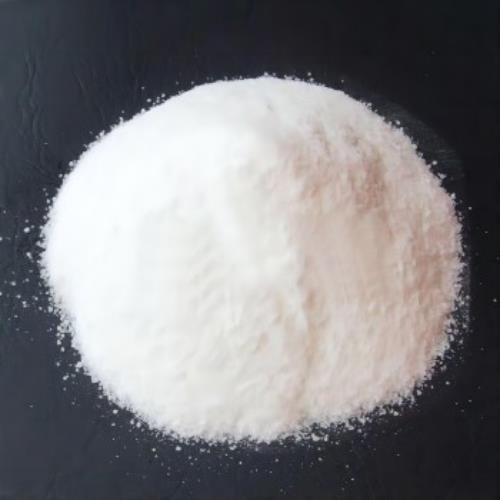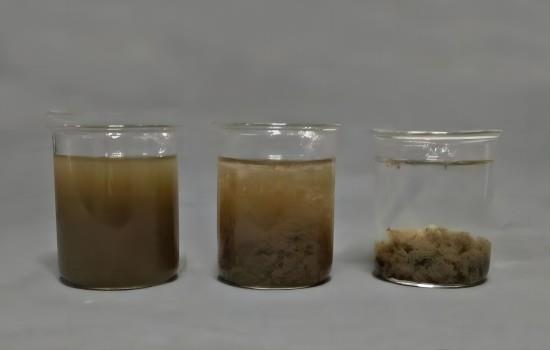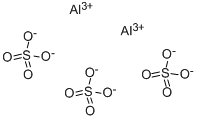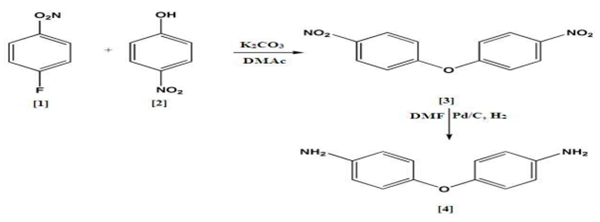A Comprehensive Review of Aluminum sulfate
Introduction
Aluminum sulfate, a widely used inorganic compound with the chemical formula Al2(SO4)3, has a molecular weight 342.15. Because of its unique physical and chemical properties, from water treatment to paper production, its versatility and effectiveness have made it an indispensable agent in multiple sectors. This paper reviews the properties, applications, preparation methods, and challenges.
Properties
The appearance of aluminum sulfate is usually a white crystalline powder with a sweet taste, and it is easily soluble in water, but not in organic solvents such as ethanol. The melting point is 770℃, the density is 2.71g/cm³, and the property is relatively stable. However, when heated to a certain temperature, it will decompose into alumina and sulfur oxides, and the aqueous solution is acidic, and under certain conditions, it will hydrolysis into aluminum hydroxide colloid.1

Preparation method
There are various methods for the preparation of aluminum sulfate.2
(1) Bauxite and sulfuric acid reaction method:
Bauxite is crushed to a specific size, added to a reaction kettle, and reacted with sulfuric acid. The resulting liquid is settled and clarified before neutralization with sulfuric acid to achieve a neutral or slightly alkaline pH.It is then concentrated at a certain temperature, cooled for solidification, and crushed to produce the final product. This method is commonly used in industrial production due to its wide availability of raw materials and simple process.
(2)Alum decomposition method:
This method involves reacting alum stone (a sulfate mineral) with sulfuric acid to produce an aluminum sulfate solution, which is then processed through concentration, crystallization, filtration, and drying steps. It is suitable for areas rich in alum resources.
(3) Anhydride crystallization method:
In this method, bauxite and sulfuric acid are mixed and heated to produce an aluminum-containing anhydride solution. The solution undergoes concentration and crystallization followed by filtration and drying processes. This method is suitable for treating specific raw materials.
Applications
(1) Water Treatment Applications
One of the primary uses of aluminum sulfate lies in water treatment, where it serves as a coagulant in the purification process. When added to water, Al3+ undergoes hydrolysis, forming aluminum hydroxide precipitates. These precipitates act as coagulants, binding with suspended particles, organic matter, and microorganisms present in the water.Through the process of flocculation, these aggregates settle, facilitating their removal via filtration or sedimentation.3

(2) Agricultural and Soil Amendment
In agriculture, aluminum sulfate finds application as a soil acidifier and pH regulator. By lowering soil pH, it creates a favorable environment for acid-loving plants such as azaleas, rhododendrons, and blueberries. Additionally, it helps in soil remediation by reducing alkalinity and enhancing the availability of essential nutrients like phosphorus and iron. However, excessive application can lead to aluminum toxicity in plants, highlighting the importance of controlled usage and soil monitoring.4
(3) Paper Making Applications
In the paper and pulp sector, it functions as a sizing agent and rosin emulsion stabilizer, enhancing paper strength and quality. Facilitating the retention of cellulose fibers and fillers, it contributes to improved paper formation and printability, leading to higher-quality end products.
(4) Pharmaceutical field
In the pharmaceutical field, it exhibits hemostatic and astringent properties, making it suitable for use in surgical and other medical procedures. Furthermore, it is effective in treating certain dermatological conditions such as eczema and acne.
(5) Other fields
Aluminum sulfate is commonly applied to poultry houses to alleviate the negative environmental impact. Several benefits of aluminum sulfate application have been reported, including the following: improved animal production, reduction of NH3 levels in the poultry house, pathogen populations in litter, soluble reactive P, and energy cost during the winter season. Moore et al. also reported a significant reduction in NH3 fluxes (99%) from houses treated with aluminum sulfate, as compared with controls during the first 4 wk, which would result in a healthier environment for chickens. In another study of Moore and Edwards, aluminum in aluminum sulfate that binds with the P in litter showed an approximately 75% decrease in P runoff in pastures.5
Drawbacks and Environmental Considerations
While aluminum sulfate offers myriad benefits across various domains, its usage is not without drawbacks and environmental concerns.The production process often involves the use of sulfuric acid, a highly corrosive and hazardous substance, raising safety and environmental risks.Moreover, the discharge of aluminum sulfate residues into water bodies can lead to eutrophication, harming aquatic ecosystems and biodiversity.
Furthermore, prolonged exposure to aluminum compounds has been linked to health issues, including neurological disorders such as Alzheimer's disease. While the risk of aluminum toxicity from water treatment applications is minimal due to the low concentrations used and the removal of residual aluminum during treatment processes, proper handling and disposal practices are essential to mitigate potential health and environmental risks.
References:
[1] CHANGBIN KAN. Effect of Aluminium Sulfate on Cement Properties[J]. Materials Science Forum, 2013, 48 1: 227-242. DOI:10.4028/www.scientific.net/MSF.743-744.285.[2] M. A. MOHAMED E A E K M Kassim. Optimization of the extraction of aluminum sulfate and ammonium aluminum sulfate alums from aluminum dross tailings[J]. International Journal of Materials Research, 1998, 2 1: 96-100. DOI:10.1557/JMR.1998.0149.
[3] XINGMIN ZHAO. Organic carbon content and humus composition after application aluminum sulfate and rice straw to soda saline-alkaline soil[J]. Environmental Science and Pollution Research, 2018, 26 14. DOI:10.1007/s11356-018-2270-1.
[4] TAE HO CHUNG I H C Chul Park. Effects of Korean Red Ginseng marc with aluminum sulfate against pathogen populations in poultry litters[J]. Journal of Ginseng Research, 2015, 39 4: 287-418. DOI:10.1016/j.jgr.2015.06.005.
You may like
Related articles And Qustion
See also
Lastest Price from Aluminum sulfate manufacturers

US $10.00/KG2025-04-21
- CAS:
- 10043-01-3
- Min. Order:
- 1KG
- Purity:
- 99%
- Supply Ability:
- 10 mt

US $6.00/kg2025-04-21
- CAS:
- 10043-01-3
- Min. Order:
- 1kg
- Purity:
- 99%
- Supply Ability:
- 2000KG/Month


